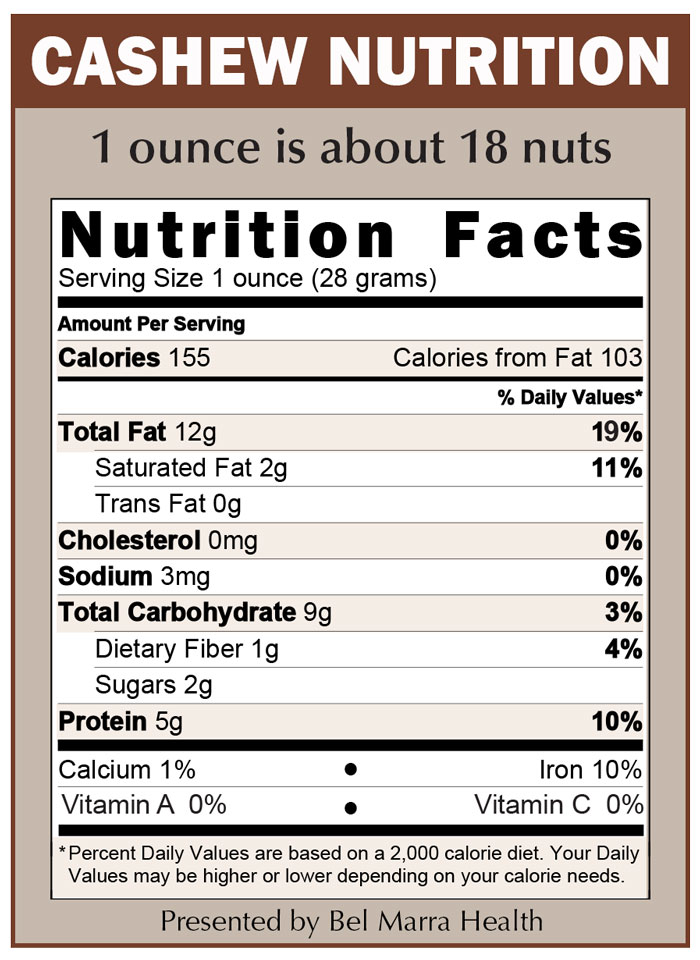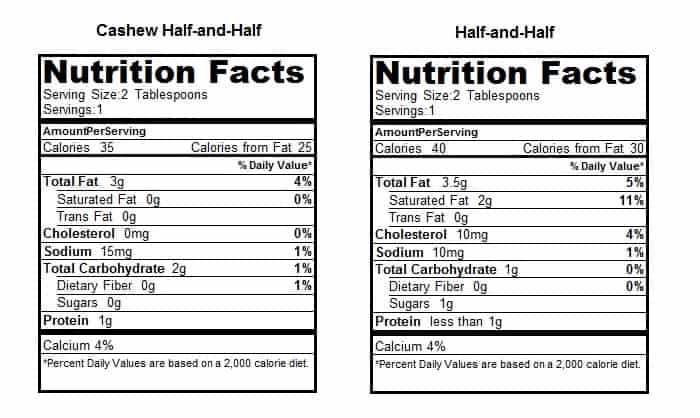


Because of their creamy texture, they’re an effective dairy alternative, and are used to make milk, cheeses, yogurts, and cream that taste like dairy, but are totally plant-based.

Nutrition aside, cashews have other benefits, too. To benefit from this nutrition, experts recommend you consume around 15 cashew nuts per day. And they’re nutritious, too, as they’re a good source of protein, fiber, iron, and unsaturated fats, as well as copper, zinc, and magnesium.
Cashew milk nutrition skin#
When human skin comes into contact with urushiol, it can cause an itchy, red, and painful allergic reaction-imagine if you brushed up against some poison ivy, for example, which also contains urushiol.īut most of the cashews you can buy in the store have been cooked and processed, so they’re perfectly safe to eat. This is because the shells contain urushiol, a mixture of organic and toxic, compounds. It’s worth noting that in their raw-shelled form, cashews are poisonous to humans. While they grow in a way that is very similar to legumes, cashews are not classified as such because they grow inside a hard drupe shell, not a pod (like peas, for example). Underneath this grows a small tree fruit which is shaped like a kidney, and inside that is what is commonly referred to as the cashew “nut” (despite the fact that it is technically a seed). This produces a pepper-shaped drupe known as the cashew apple, or if you’re in Central America, a marañón. The scientific name for the cashew tree is Anacardium occidentale. Here, we dive into all of the benefits of cashews, some of the best products on the market, as well as some tasty recipes to make with cashews as the star ingredient. Today, all over the world, cashews are loved for their versatility (particularly when it comes to making vegan milk, cheese, yogurt, and cream), but also for their nutritional benefits. But, according to Statista, today’s leading exporter of cashew nuts is actually nearly 6,000 miles away in Tanzania. Today, you can still find cashew trees in South America’s rainforests. Native to Brazil, cashew trees were discovered by Portuguese colonizers in the 1500s, and their fruit, which produces nuts, was quickly traded around the world. While they might seem like a simple enough snack, cashews have quite the history.


 0 kommentar(er)
0 kommentar(er)
